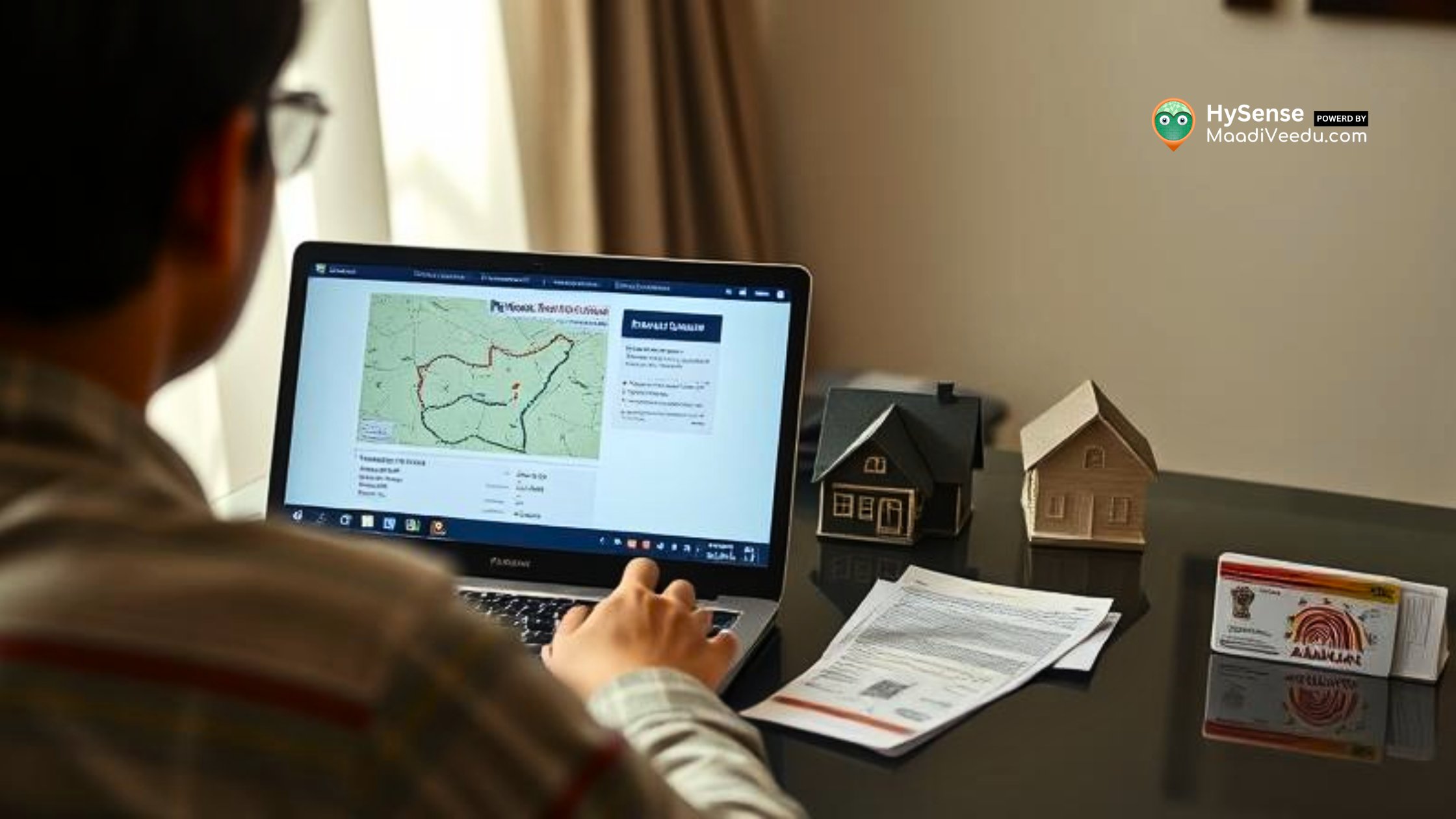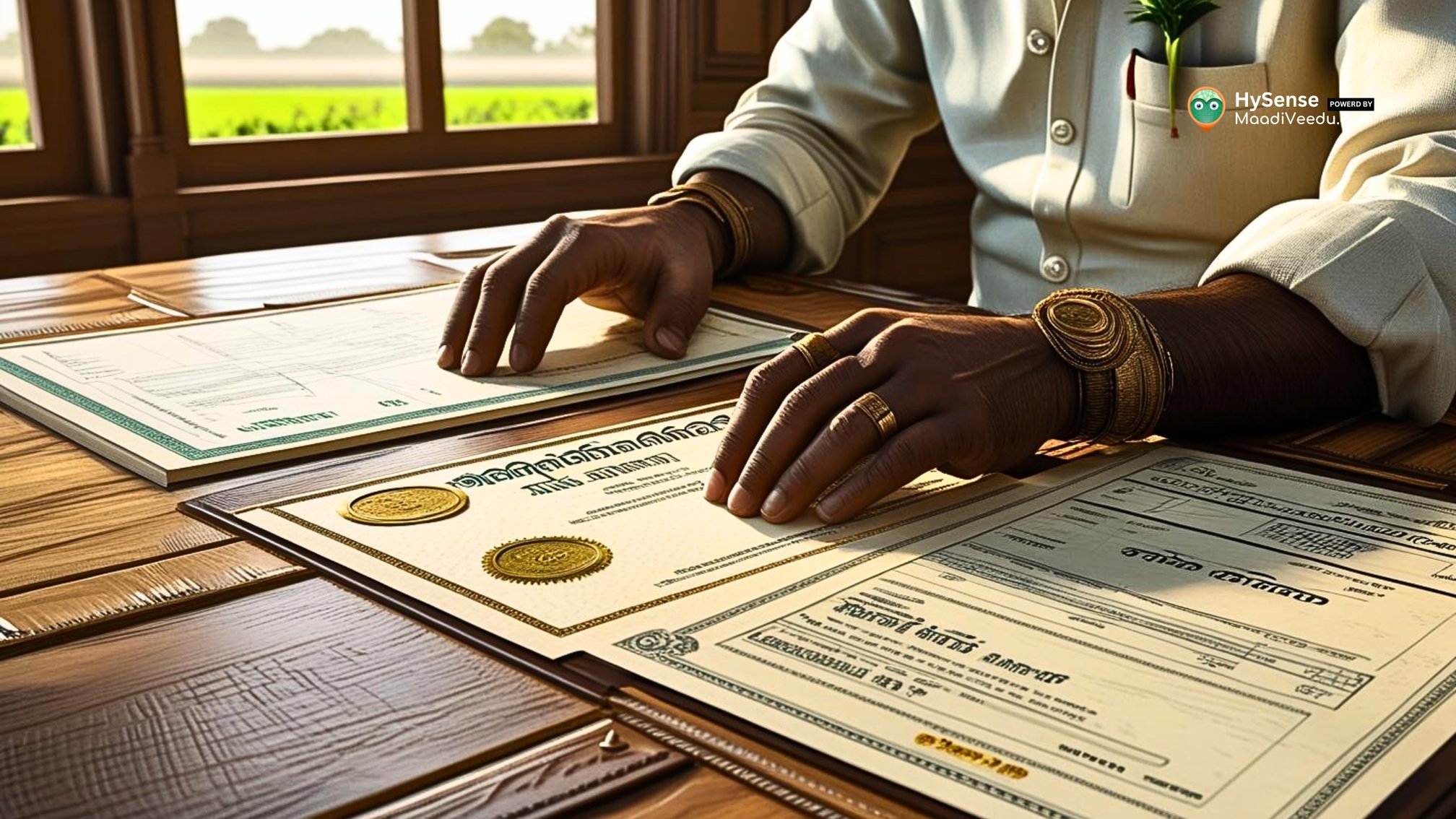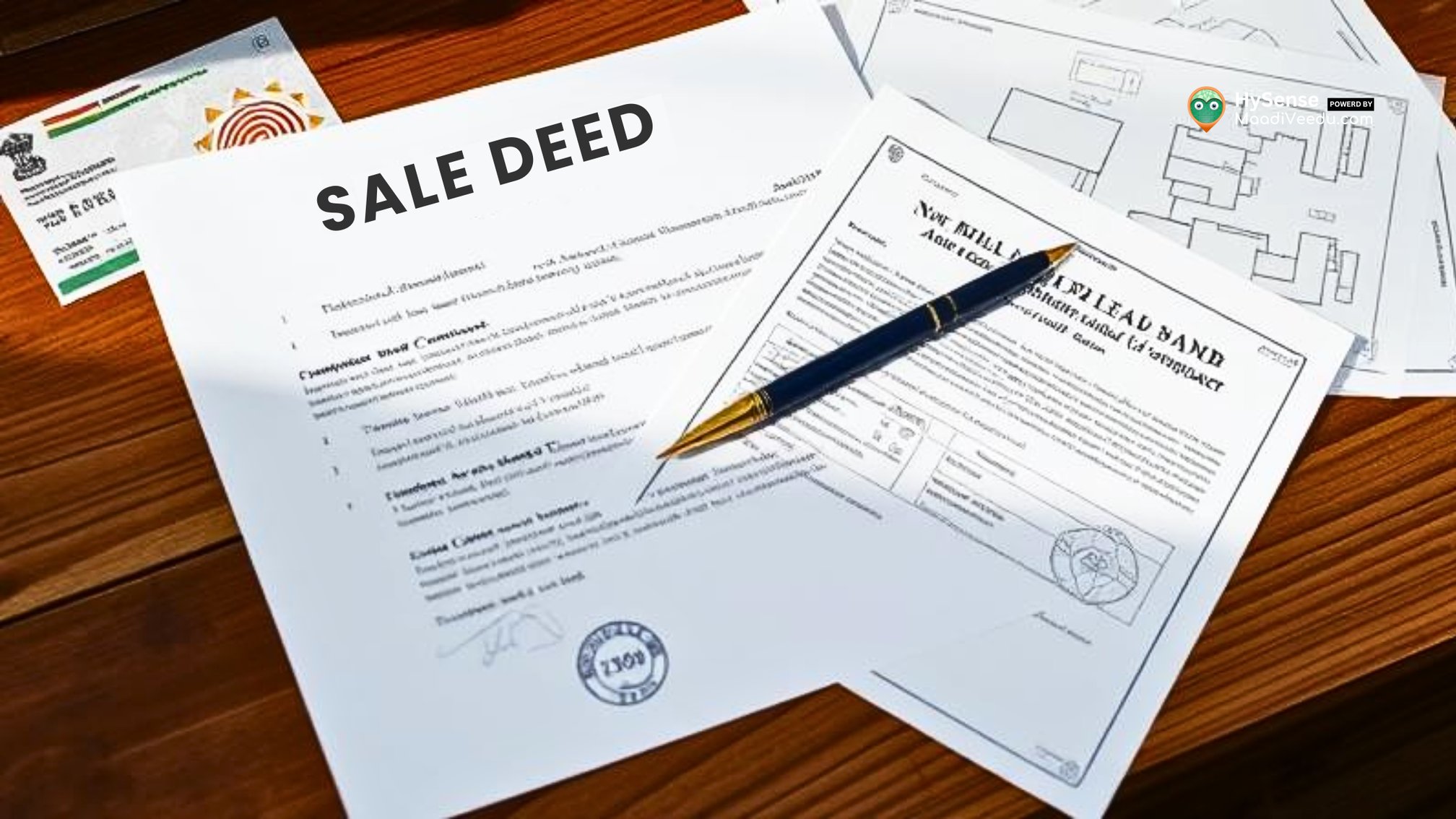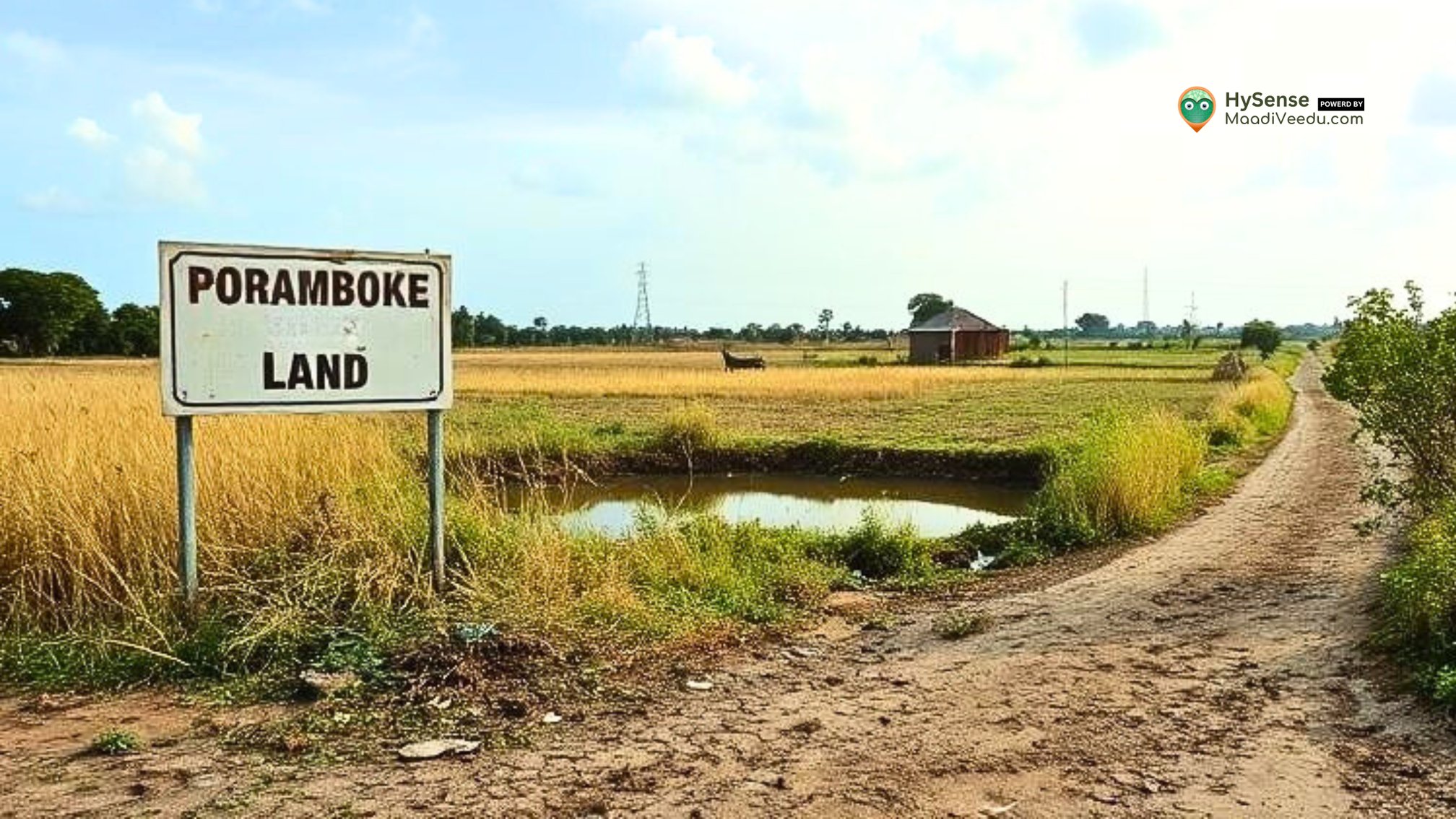How to Get Your Security Deposit Back - A Tenant’s Step-by-Step Guide
"Don’t let your hard-earned money slip away! Learn simple steps to get your security deposit back and protect your rights as a tenant.

Table of Contents
When you rent a home or flat, the landlord asks for a security deposit. This money is meant to cover any potential damage to the property or unpaid rent. But sometimes, tenants face delays or even refusal in getting their deposit back. If you're in this situation, here's what you can do to get your money back.
Step 1: Check Your Lease Agreement
The first thing you need to do is carefully read your lease agreement. This document outlines the terms about your deposit, including when it should be returned and under what conditions.
- Timeframe for Return: Most leases specify that the landlord must return the deposit within 30 days after you leave the property. If this period has passed and you haven’t received the money, you can take further steps.
- Deductions for Damage: Your lease should also explain what damages, if any, the landlord can charge against the deposit. Keep in mind, normal wear and tear (like faded curtains or minor scratches) cannot be charged. The landlord can only charge for actual damage (e.g., broken windows, large stains on carpets).
In cities like Chennai or Bengaluru, rental agreements often have clear clauses on this, so refer to your lease before taking action.
Step 2: Document the Condition of the Property
It’s essential to have proof of the property’s condition when you move out.
- Take Photos or Videos: Before moving in and moving out, take detailed photos or videos of the property. This will serve as evidence in case the landlord claims you caused damage.
- Wear and Tear vs. Damage: Be aware of what counts as normal wear and tear versus damage. For example, a few nail holes in the wall are normal, but broken furniture is not.
In cities where rental properties are older, like Kolkata or Pune, there may be existing wear and tear that you’re not responsible for. Make sure to document this.
Step 3: Communicate with Your Landlord
If the deposit isn’t returned within the agreed time, contact your landlord.
- Send a Polite Reminder: Start by sending a friendly message or email asking for an update on your deposit. Mention the date you moved out and the condition of the property when you left.
- Follow Up: If you don’t get a response, follow up with a professional and polite message. Keep your tone respectful as landlords in cities like Hyderabad or Noida are often managing multiple properties and might be busy.
Clear communication can often resolve the issue without escalating it further.
Step 4: Send a Formal Request
If the landlord doesn’t respond to your polite requests, send a formal letter.
- Write a Formal Letter: In the letter, clearly state the amount of your deposit, the date you vacated, and that you expect to receive the full deposit unless there’s a valid reason for deductions. Provide a deadline (usually 7-10 days) for the landlord to return your deposit.
- Keep a Copy for Your Records: Always keep a copy of this letter for your own records. This will be useful if you need to take further action.
Sending a formal letter helps show the landlord you are serious and aware of your rights.
Step 5: Know Your Rights and Legal Protection
As a tenant, you are protected by law, and landlords must return your deposit within a specific time.
- Tenant Laws: In many areas, tenant protection laws require the landlord to return the deposit within 30 days and provide an itemized list of damages if any deductions are made. If they don’t follow this, they might be breaking the law.
- Consult a Lawyer: If the landlord refuses to return the deposit, consider consulting a lawyer who specializes in tenant rights. They can advise you on how to proceed and help you understand your options.
Step 6: Small Claims Court
If the landlord still refuses to return your deposit, you can take legal action by going to small claims court.
- How Small Claims Court Works: Small claims court is a simple process where you don’t need a lawyer. You present your case to a judge, showing the lease agreement, photos of the property, and your communication with the landlord.
- Easy and Fast Process: The court process is designed to be quick and inexpensive, especially for smaller amounts like security deposits. In cities like Delhi or Mumbai, this process is accessible for all tenants.
This is the last step if all else fails.
Step 7: Tips to Avoid Future Issues
To avoid similar problems in the future, here are a few tips:
- Inspect the Property Before Moving In: When you move into a new place, do a thorough inspection and document any pre-existing damage. Share this with the landlord so you’re not blamed for it later.
- Clean and Repair Before Moving Out: Before leaving, clean the property well, and repair minor damages (like nail holes). The better you leave the place, the less likely the landlord will find reasons to withhold your deposit.
- Maintain Open Communication: If you notice issues during your stay, such as a broken pipe or malfunctioning appliance, let the landlord know immediately. This shows you are responsible and proactive.
Final Thought
Getting your security deposit back can be frustrating, but it’s important to stay calm and follow the right steps. Start by understanding your lease agreement, documenting the property’s condition, and communicating professionally with your landlord. If necessary, send a formal request and know your legal rights. If the situation doesn’t resolve, small claims court is a viable option. By following these steps, you can ensure a smoother process and hopefully get your deposit back without too much stress.
Stay connected with us for more helpful tips and updates — follow our journey and get inspired by our latest posts and insights











